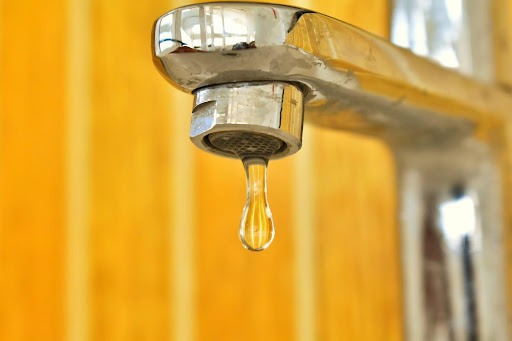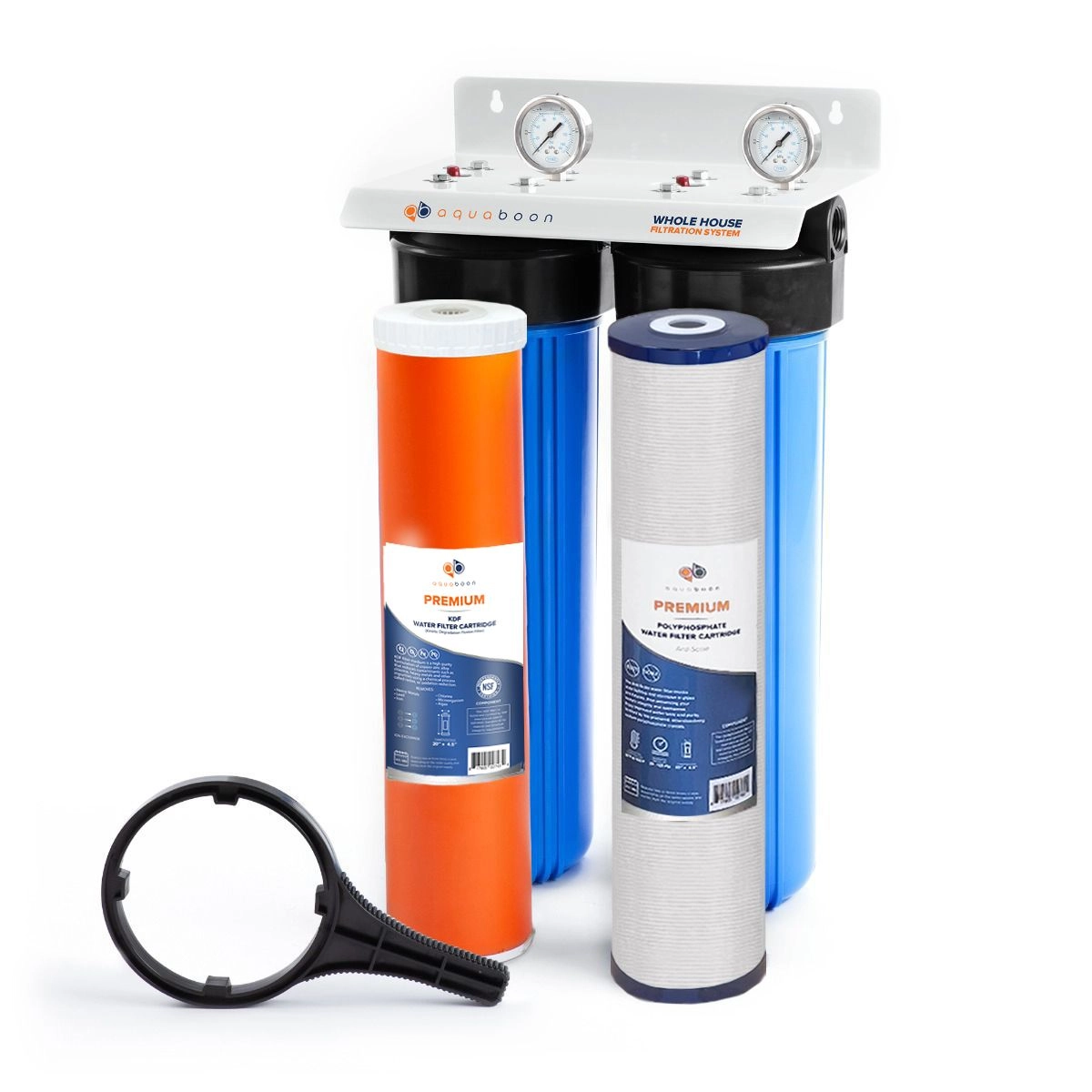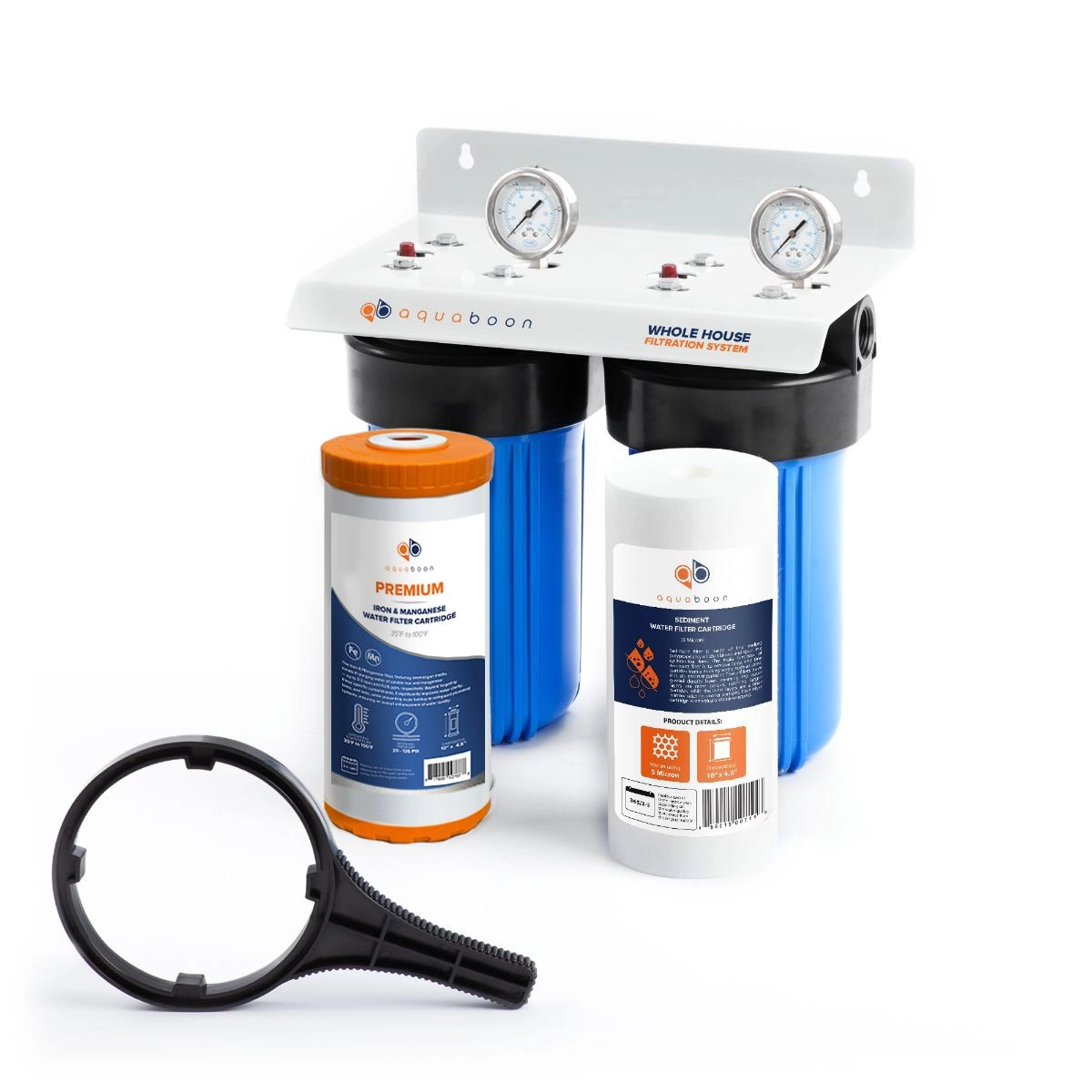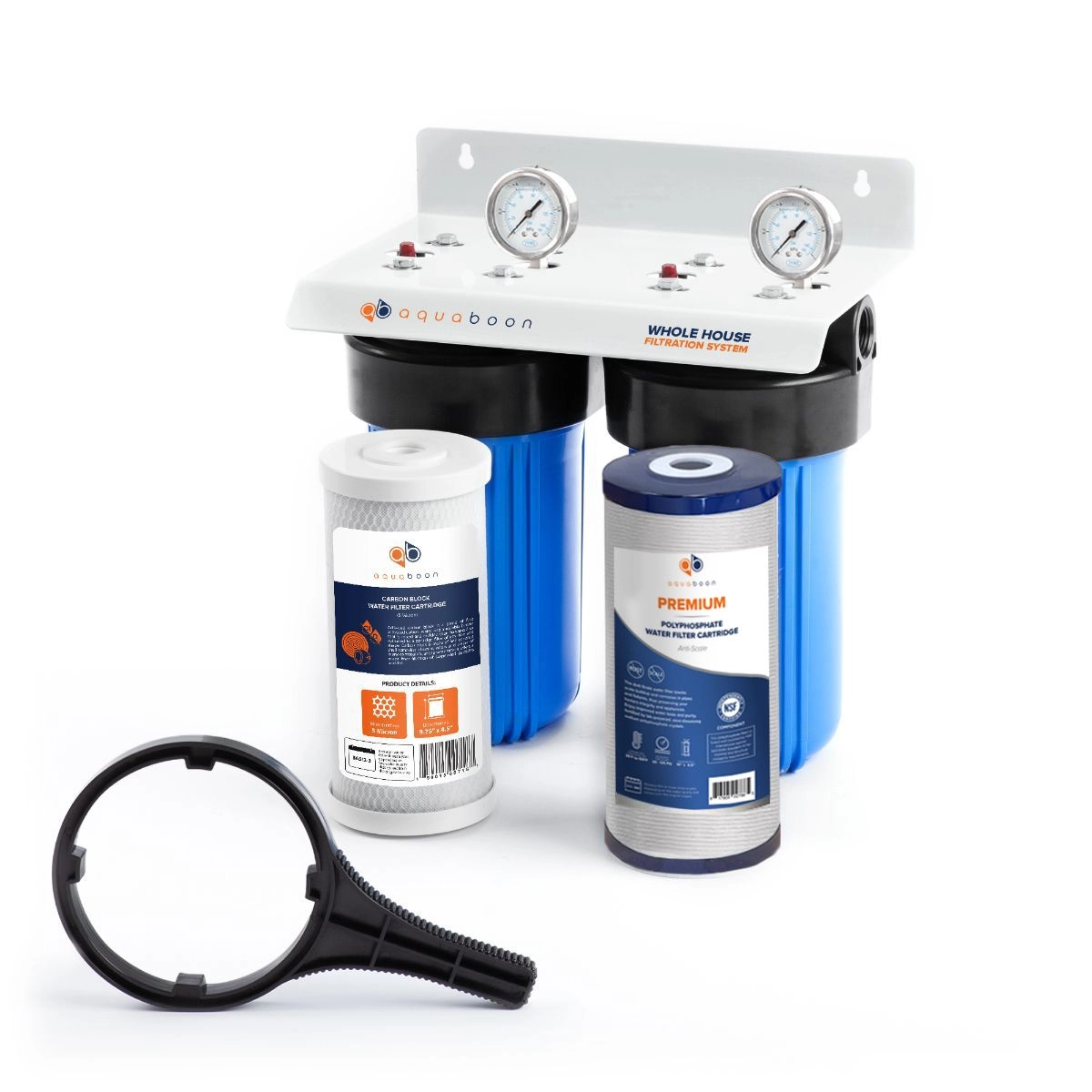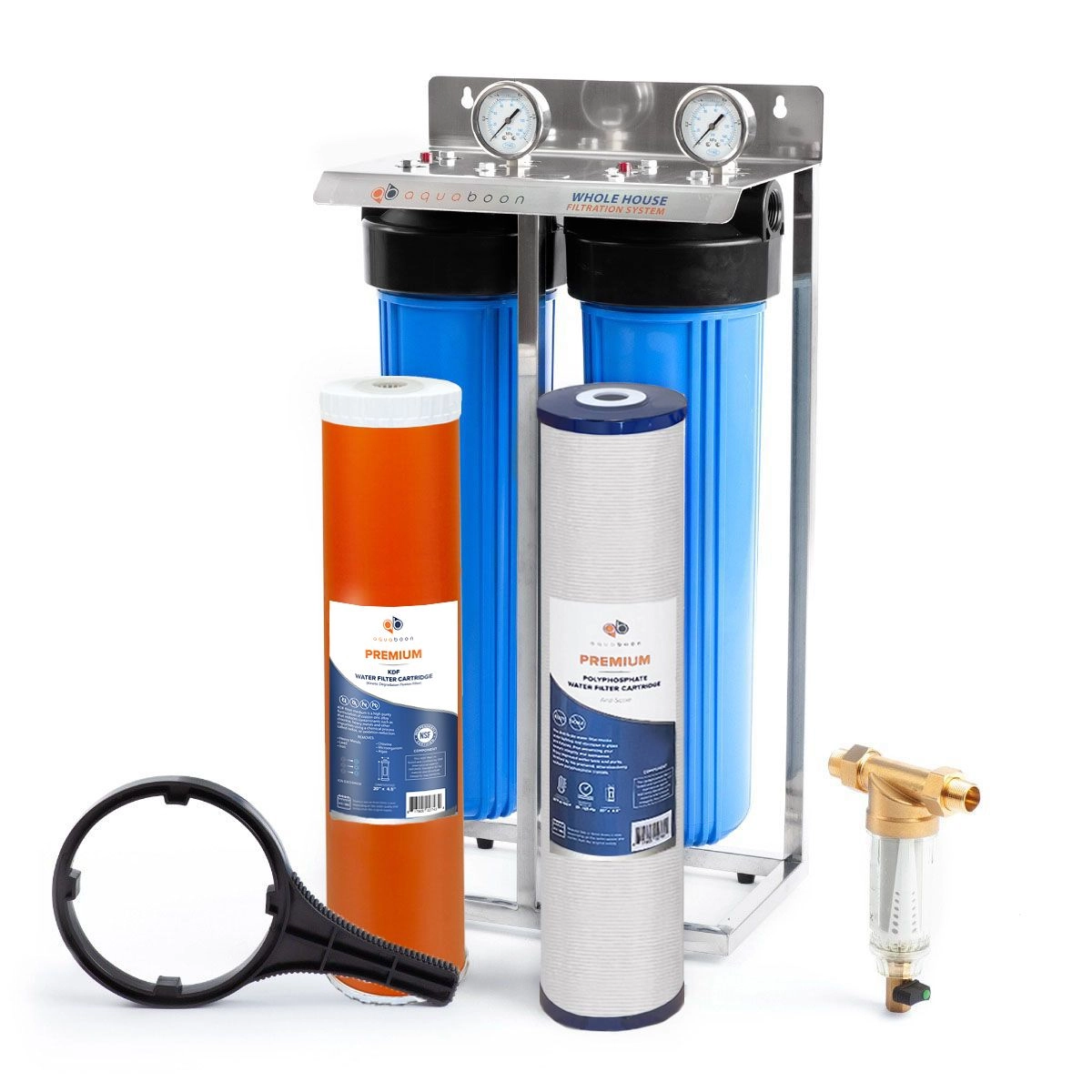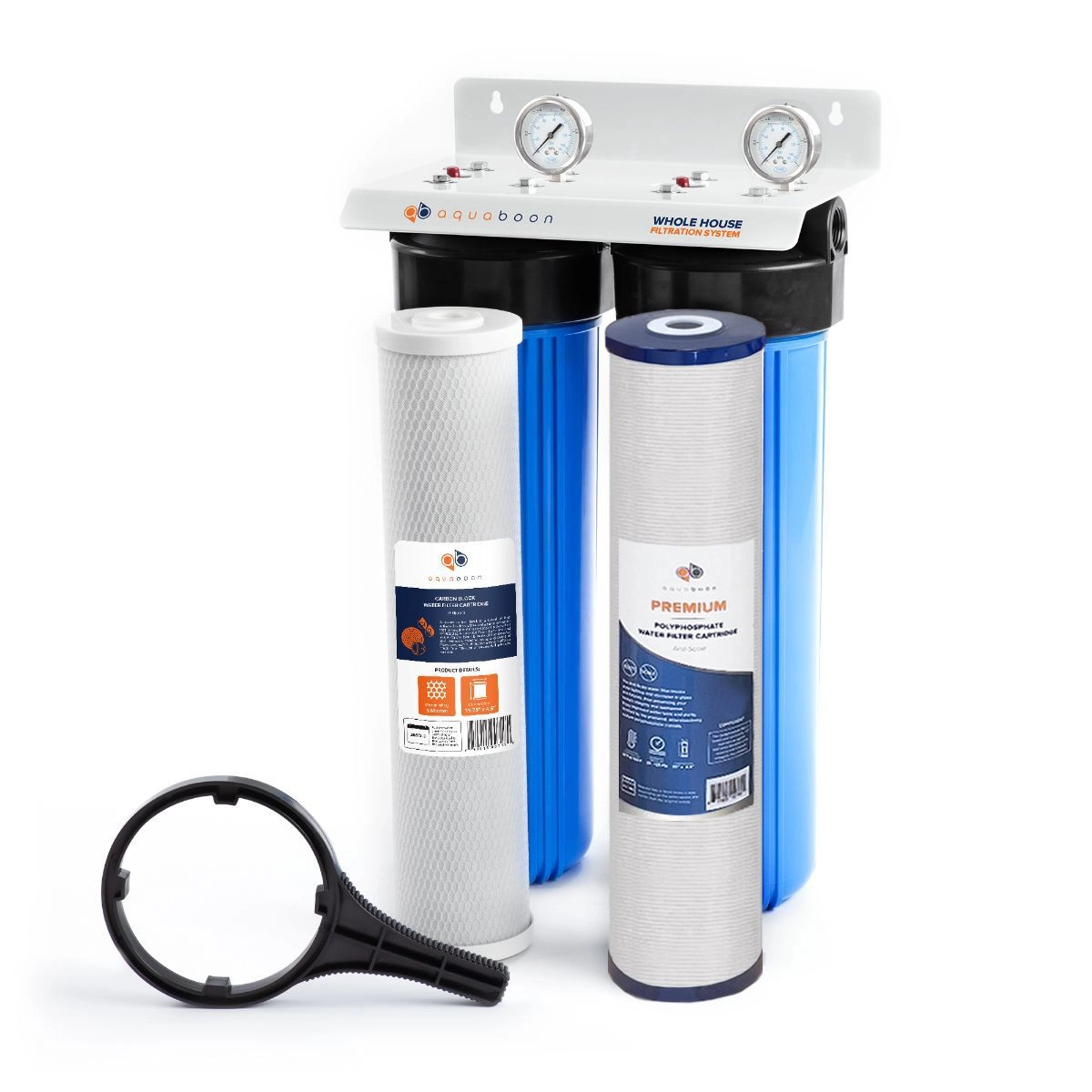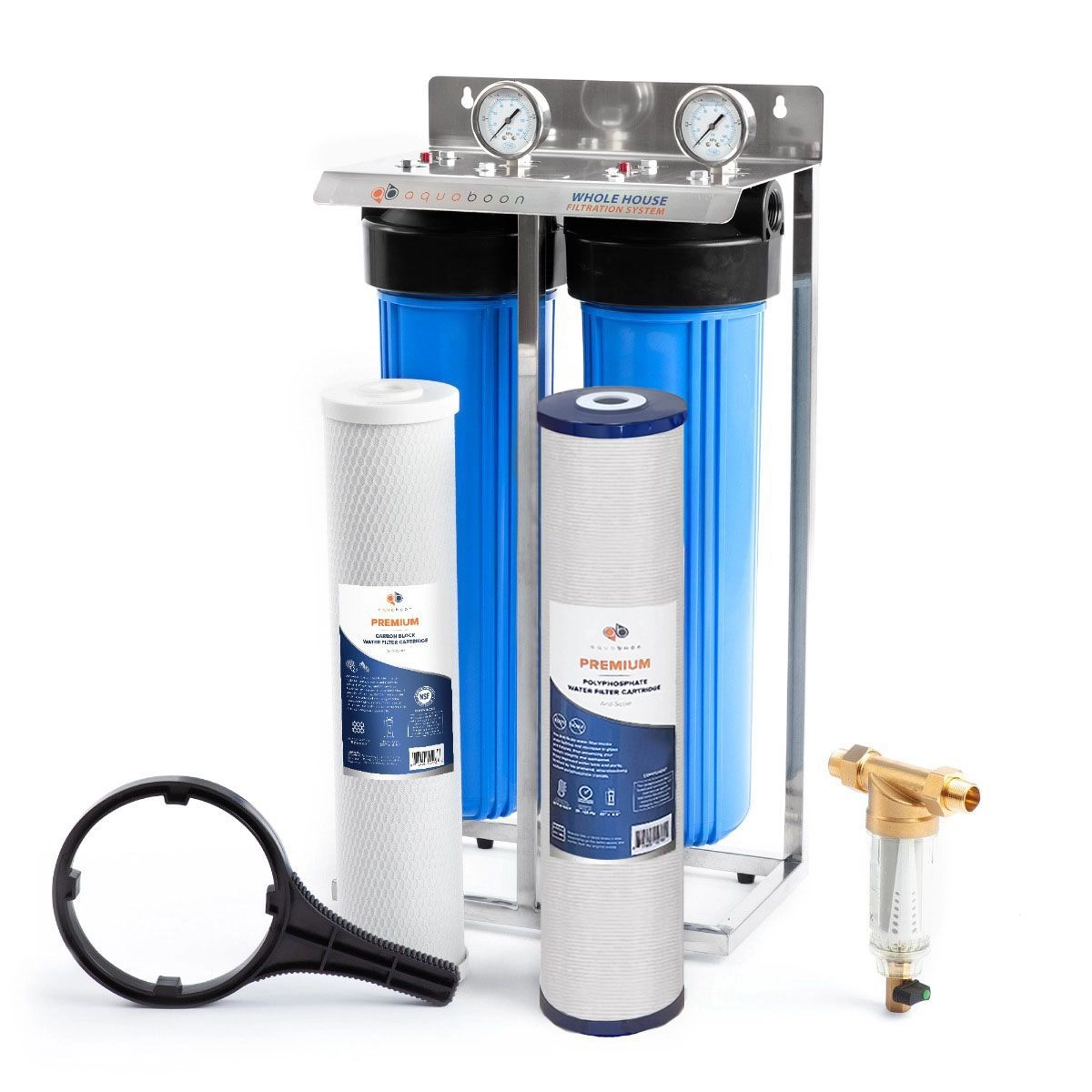We all know that water is essential to life. But did you know that it can also be a source of problems? That’s right – the water in your home can cause all sorts of issues. It is estimated that 7.2 million Americans fall sick every year from drinking bad water.
The good news is that, in most cases, the problems with the water can be solved relatively easily. The first step is to identify the problem and then take the necessary steps to fix it.
In this article, we will take a look at some of the most common problems on water you can find at home. We will also provide some tips on how to solve them.
The Most Common Water Issues At Homes
Contaminants
Contamination is one of the most serious problems that plague households. Many different types of contaminants can find their way into your faucet, and each one comes with its own set of risks.
The most common contaminants include
- Bacteria: Bacteria are single-celled organisms that can cause a wide variety of illnesses, ranging from minor stomach upsets to more serious conditions like meningitis.
- Viruses: Viruses are even smaller than bacteria, and can cause serious illnesses like hepatitis, and polio.
- Chemicals: Chemicals can enter your drinking source through industrial runoff, spills, and even leaching from old pipes. Some chemicals, like lead, can be extremely dangerous.
- Hardness: Water that has a high concentration of minerals, such as calcium and magnesium, is often called hard water. This can cause many different health problems, including kidney stones, cardiovascular disease, and cancer.
If you suspect that your drinking source may be contaminated, it's important to have it tested by a qualified professional. Also, investing in a proper filter for water can resolve this type of problem.
Poor Quality Of Water
Another problem homeowners face is poor water quality. This can manifest in a number of ways, but some of the most common include cloudiness, discoloration, or an unusual taste or smell.
Poor water quality can be caused by a variety of factors including
- Agricultural or industrial runoff
- Septic systems that are not functioning properly
- Failing private wells leading to well water issues
- A faulty municipal system
Bad Taste
If you've ever taken a drink from the tap only to be met with an unpleasant taste, you know how frustrating it can be.
This example of water problems in house could be as simple as a build-up of minerals in your heater or pipes. It may also be caused by too much chlorine in your home's system. Or, it could be a sign of something more serious, like contamination from a faulty septic system. You can learn how to remove chlorine in tap water here.
Unpleasant Smell
Bad-tasting water is one thing, but one that smells bad is another issue entirely. If your faucet emits a foul smell, it could be due to bacteria growth in your home's plumbing.
It could also be a sign of a leak in your sewer line. The smell of rotten eggs might indicate that the source contains high concentrations of hydrogen sulfide, which can result in serious health complications.
Lead
In older homes, lead can be a serious problem in drinking water. It is commonly caused by lead solder that was used to join and seal copper pipes.
The tasteless, odorless, and colorless nature of lead makes it extremely difficult to detect in drinking water. Thankfully, investing in the best water filter for lead removal will solve this problem.
Sediment
Another common issue is sediment. This can be caused by a number of things, including corrosion in your pipes, a build-up of minerals, or even a problem with your source, particularly if you draw from a well, lake, or another natural source.
If you notice sand, clay, dirt, rust, or organic materials from your faucet, it's important to have it checked out so you can find the source of the problem and get it fixed.
Solutions For Poor Quality Water
There are many solutions for house water problems. The best solution for you depends on the cause of the problem and its severity.
A good first step is to hire an expert to run some tests and determine what exactly the problem is. This person will then make recommendations.
Of course, you can boil before use, but this will only remove a few contaminants and not all.
Ultimately, the best way to purify water at home is to use a whole-house water filtration system.
Best Filters To Improve Water Quality
There are different filtration systems on the market, and if you're looking for the best way to resolve common home water issues, you'll need to find one that's right for your needs.
Some of the popular options include
- Activated Alumina
- Activated Carbon
- Ceramic Filters
- Ion Exchange
- Reverse Osmosis
- Ultra Violet


